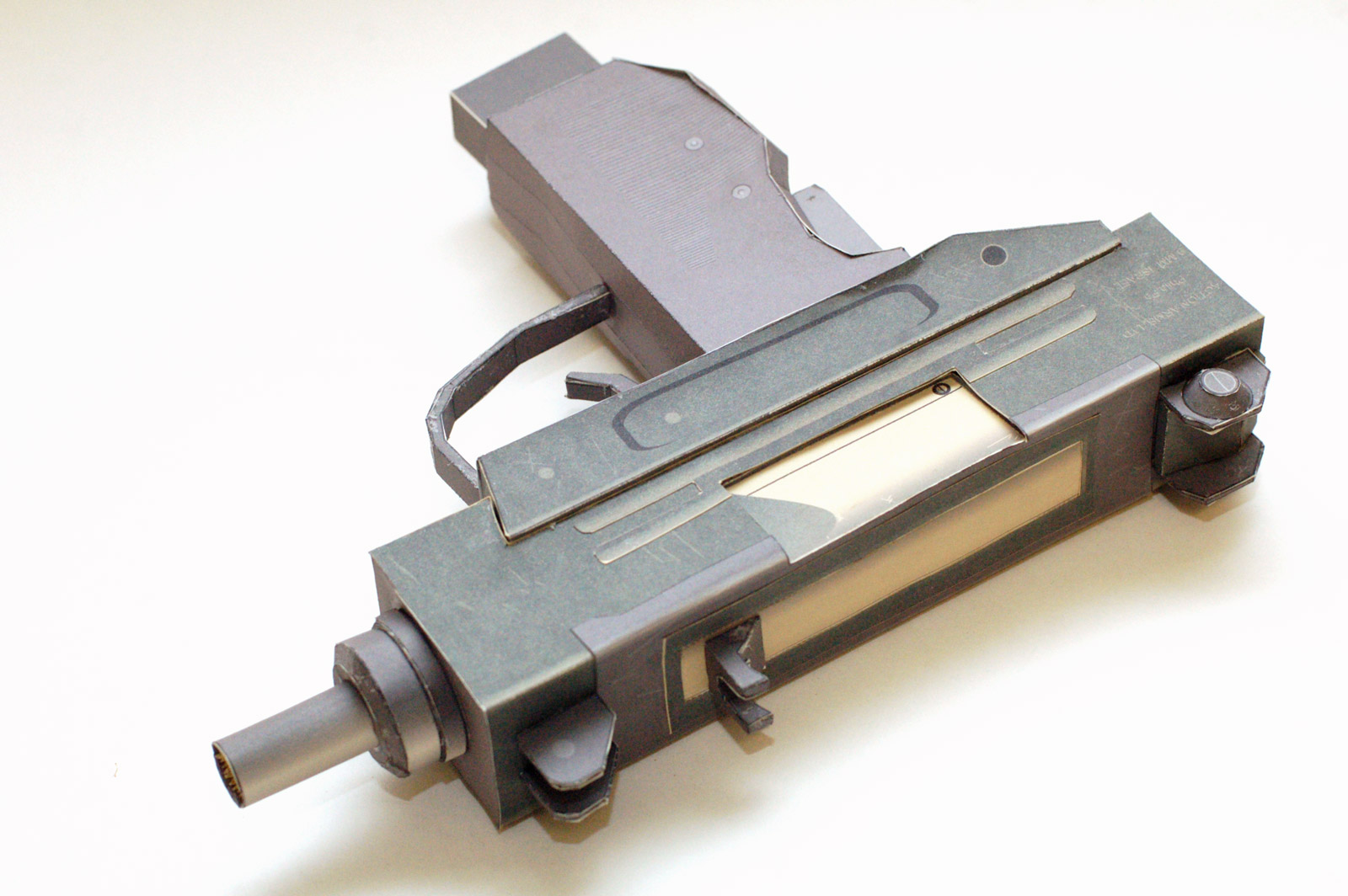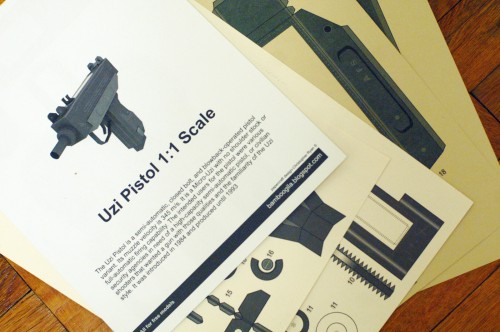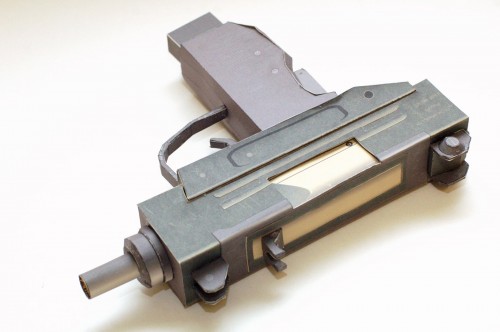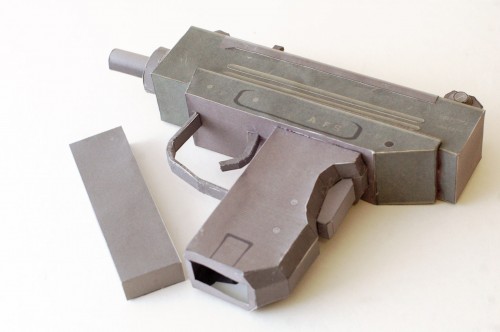With the end of 2010 fast approaching, I thought I would take a look back on some of the major news stories which have affected the world of props. The world of props is not really a fast-changing industry, so changes in the world are slow to impact all of us working in props. Still, a few stories this year have enough of an impact to be worth mentioning here.
SPAM website relaunches – The Society of Properties Artisan Managers is the largest organization of props masters and directors in the United States, with members from most of the major regional and educational theatres and operas. In the past, information about them or how to contact them seemed shrouded in mystery (though not on purpose). That changed in March with the launching of a new website, www.propmasters.org, which is more geared to props people seeking information on them and how they can get involved.
StageBitz software enters beta testing – This story just squeezed into this past year, and I don’t have much to report on it. StageBitz is a new (and possibly the first) online tool for professional props management. We’ve seen several minor attempts at software aimed toward the props master, though many of us end up adapting more general software, such as Microsoft Office, FileMaker Pro, or Google Docs for our needs. I’ll be beta-testing StageBitz through next March, and letting you all know how it is.
E-cigarettes – E-cigarettes continue to be in the news. As one of the few viable alternatives for on-stage cigarettes in many venues, prop masters and directors should be interested in the current legal state of using them. This past year, I summarized their current situation, which began with a July, 2009, report by the FDA on the potential health hazards of e-cigarettes. They were attempting to classify them as a drug-delivery device, which would allow them to enact a ban and prevent their importation, as opposed to a tobacco product, which would be regulated similarly to regular cigarettes (and not banned). Last January, the FDA attempted to block the shipment of e-cigarettes into the US, but a federal judge ruled against it. In September, they again attempted to classify e-cigarettes as a drug-delivery device rather than a tobacco product; a drug-delivery device, such as nicotine patches or gum, needs to be “proven safe and effective”, and so e-cigarettes can be effectively banned unless they underwent rigorous (and costly) testing to prove their efficacy as a stop-smoking aid. As a tobacco product, they are subject to far less regulation (a major problem is that many e-cigarette manufacturers insist on marketing their products as “safe alternatives to smoking” and helpful in quitting cigarettes, yet argue in court that they are merely recreational tobacco products. They’re trying to have it both ways). The court stopped the FDA from banning e-cigarettes. Finally, this past December, an appellate court withheld this ruling, and as of the end of this year, e-cigarettes remain legal in the US and most likely will be regulated as a tobacco product.
What’s most frustrating in all of this is that, as a prop, we are only interested in the zero-nicotine versions of e-cigarettes. In other words, we don’t need either a drug-delivery device or a tobacco product; what we want is something more akin to a mini–theatrical fogger.
Donmar Warehouse actor shot in face – David Birrell, an actor in a West End production of Sondheim’s Passion, was injured in his eye when a blank-firing replica flintlock rifle misfired, and taken to the hospital. He nearly lost his eye. This incident reinforced to prop masters and directors everywhere that when it comes to blank-firing weapons onstage, you can never be too safe.
Original Stargate auctioned off – Now, props from television and movies are constantly being auctioned off, so I’ll admit this one is included in the list due to my own personal excitement. Still, it does have some more significance than your average prop auction. Stargate SG-1 was the longest-running American sci-fi series, and when it ended, they began auctioning off most of the props and scenery. This past September, the actual Stargate used on location (not the one used on set) came up for sale. It had been created for the pilot episode and was used throughout the entire ten-year run of the show.
Reoccurring prop newspaper – This wasn’t so much a 2010 “event” as it was a thrilling series of investigative journalism that broke this past June. Starting with a compilation of images from TV and film that showed characters reading the same newspaper, the following day, an article in Slashfilm expanded on this and went viral. A few days later, Slate Magazine had tracked down not only the source—the Earl Hays Press in California—but also the reason: getting clearance to use real newspapers takes time and money.
My list ends here. I’ve covered all of these stories on either this blog or on my Twitter, so if you follow each, you’ll always be up-to-date on news that affects you as a props person. I’m sure many other stories happened in 2010 which are relevant to the props practitioner, so I leave it up to you: what are your favorite events, tools, materials or anecdotes that came out of the past year?




